What is the tolerance range of precision screws?
What is the tolerance range of precision screws?
Service Hotline
+86760-8787 8587We have more than ten years of experience in screw industry production. The main products are: knurled round head bolts, square washers, flat head Phillips screws, fastening industry screws, fish eye expansion bolts, spot welding pressure welding hexagon nuts, hub nuts, pressure Riveting nuts, extra-long screw half-tooth hex bolts, pressure riveting parts, single-ear gaskets, DIN547 round nuts with holes, GB12 bolts, stainless steel screws, multi-tooth with teeth and other fasteners, due to product material and specifications Each is different and the price is also different, please contact us if you need it.


Many existing products need to use screws in the production process, especially in the field of nuclear power sluice gates, it is necessary to fill a part of the sluice gate with screws to fix the size and structure. If the fixing effect is not good, then It will lead to more leakage of water gates, waste a lot of water resources, and even cause safety accidents.
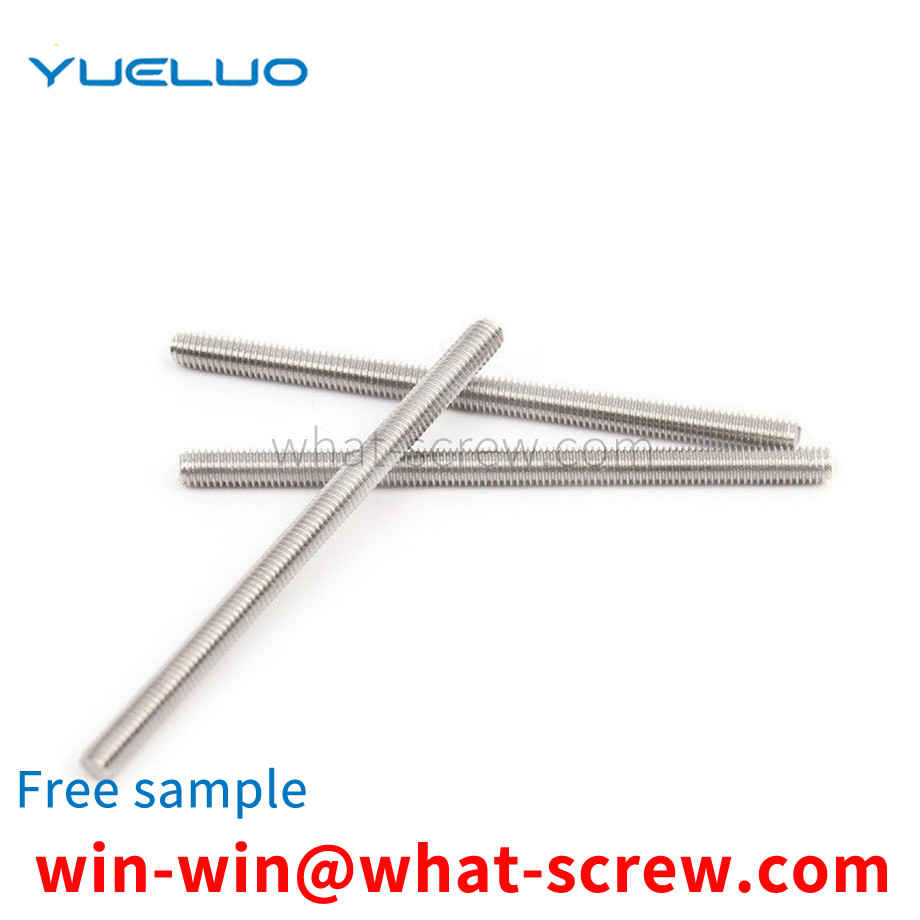
When using screws, if you can understand the mechanical properties of screws first, then you can use screws better. Different types of screws have different mechanical properties, and the different mechanical properties lead to different occasions when screws are used. 1. Self-tapping screws: mechanical performance requirements 1. Heart hardness: standard value HRC28-38. When testing, take the section 1-2 times the diameter of the name from the tail. If the length of the name is too short, it can be embedded first, and then the hardness is measured. 2. Surface hardness: standard MIN HV450. 3. Carburized layer: standard 4#-6#: 0.05-0.18mm, 8#-12#: 0.10-0.23 mm, 14#: 0.13-0.28 mm. The main purpose of carburizing is to enhance the surface hardness and ensure the strength of the teeth. If the decarburization is too deep and the carburization is insufficient, the strength of the teeth will not meet the requirements, that is, the teeth will be damaged during the screw-in test. 4. Torque: standard specification 4#5#6#7#8#10#12#14#A tooth 14212835455696145AB tooth 142128354565102165. 5. Screw-in test: screw the self-tapping screw into a steel plate with a reserved test hole. The self-tapping screw should form a matching thread in the test plate, and the thread of the screw itself will not be deformed or damaged until the end. Tapered threads pass completely through the test plate. The screw-in test is only applicable to AB, B, BP and other types of self-tapping screws. It is stipulated in IFI that the test plate shall be prepared from semi-hard low-carbon cold-rolled steel, and the hardness of the steel plate is 70–85HRB in Rockwell. The standard specification of the steel plate, that is, the thickness, is shown in the table below. The test hole should be punched or drilled, and the tolerance is the specified nominal diameter (see the table below) ± 0.025mm. Specifications 6#7#8#10#12#1/4 Test plate thickness (mm) 1.85-1.953.12-3.234.68-4.84 Aperture (mm) ±0.0252.953.263.454.044.765.50.
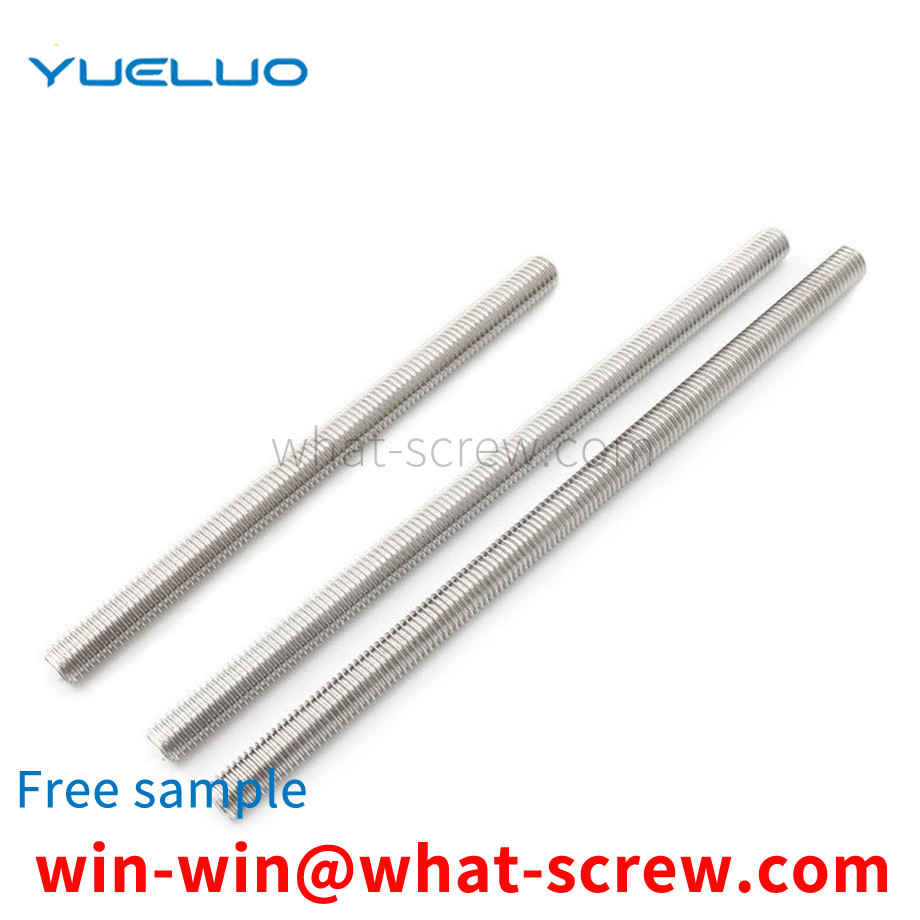
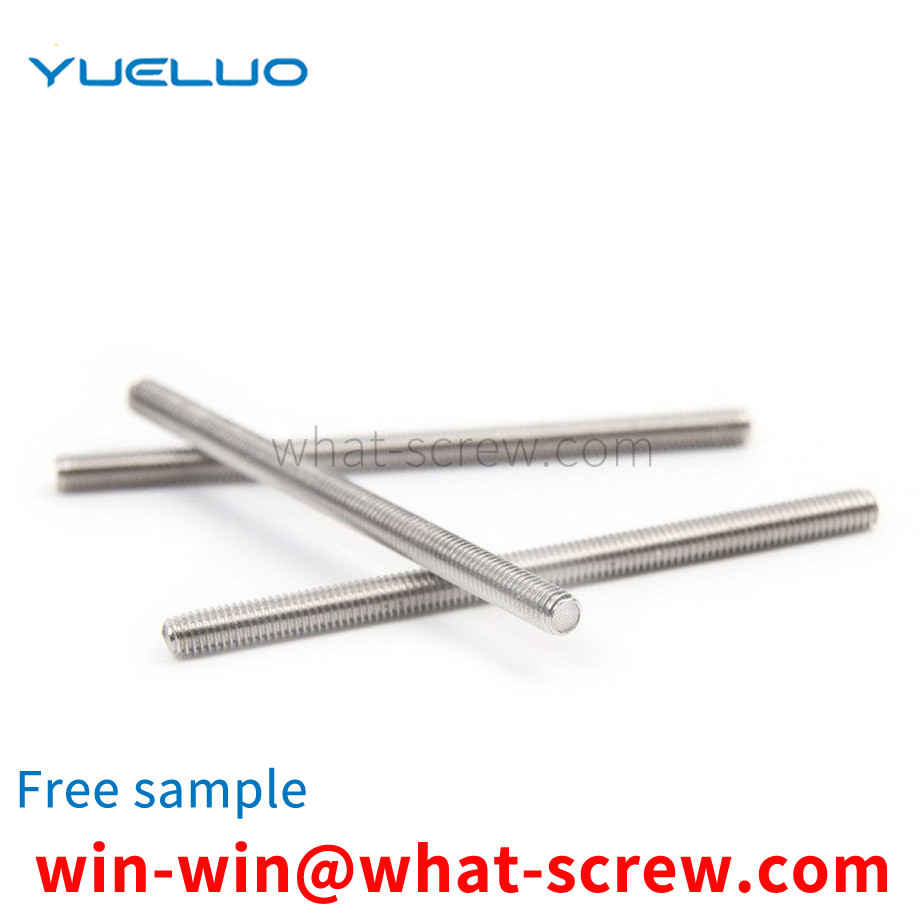
There is an anti-theft screw, which can prevent the use of any disassembly tool for disassembly, and effectively plays the role of anti-theft. Its structure is that the anti-theft screw is composed of two parts; the upper part is a hexagonal part, and the lower part is a threaded part; the hexagonal part and the threaded part are connected in rotation; The core shell is formed with the lock core; the lock core is rotatably connected with the lock core shell. The shell of the lock cylinder is fixedly connected with the hexagonal piece, and the starting structure is as follows: a pin hole is arranged on the hexagonal piece; The lower part of the hexagonal part is provided with a polygonal hole, which is connected with the polygonal hole on the threaded part; the lower part of the lock cylinder is a threaded rod; the threaded rod is located in the polygonal hole; The edge block moves up and down in the polygonal hole. When working, slowly twist the hexagonal piece from left to right and turn the key at the same time to achieve the alignment of the upper and lower polygonal holes.
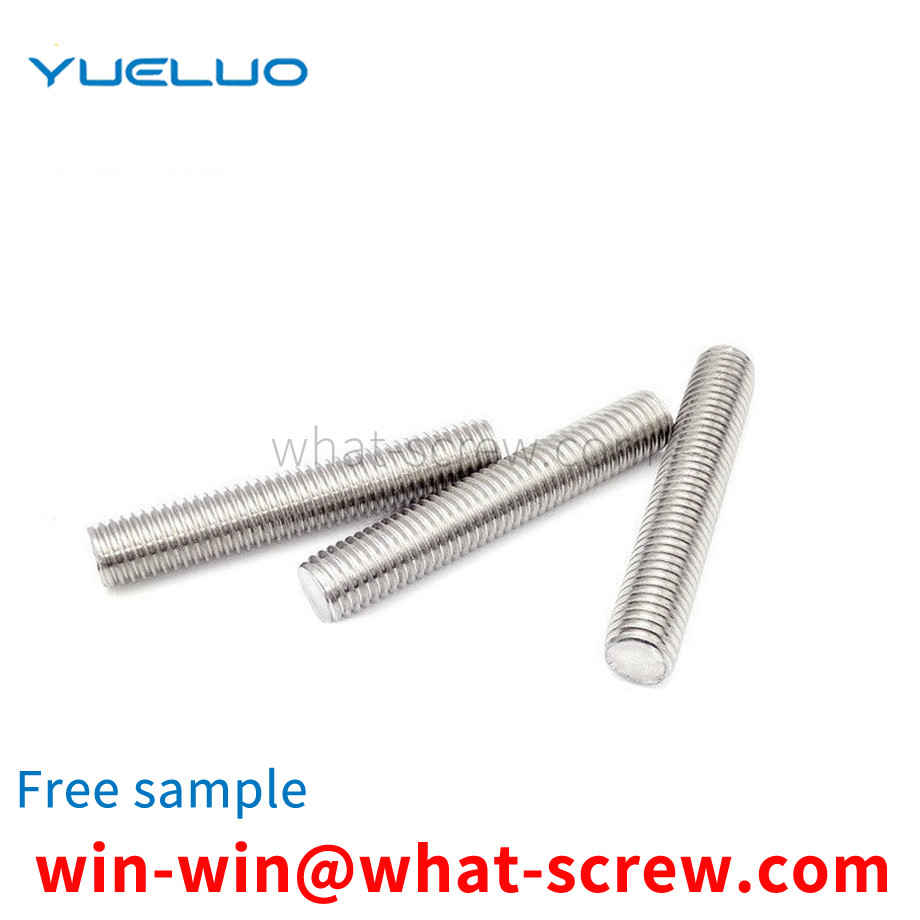
A hand screw is a screw with a plastic head, and the user fixes the hand screw by turning the plastic head by hand. At present, a hand screw is disclosed in the market publication number CN202203253U, which includes a plastic head and a screw rod, the plastic head and the screw rod are connected together, and the height of the plastic head is higher than that of an ordinary screw, and the height is 13 cm. The screw of the hand screw is fixed in the plastic head by glue. After a period of use, the aging of the glue leads to the loosening of the screw and the plastic head. When the plastic head is stressed, the screw rod comes out of the plastic head, which affects the normal use of the hand screw.
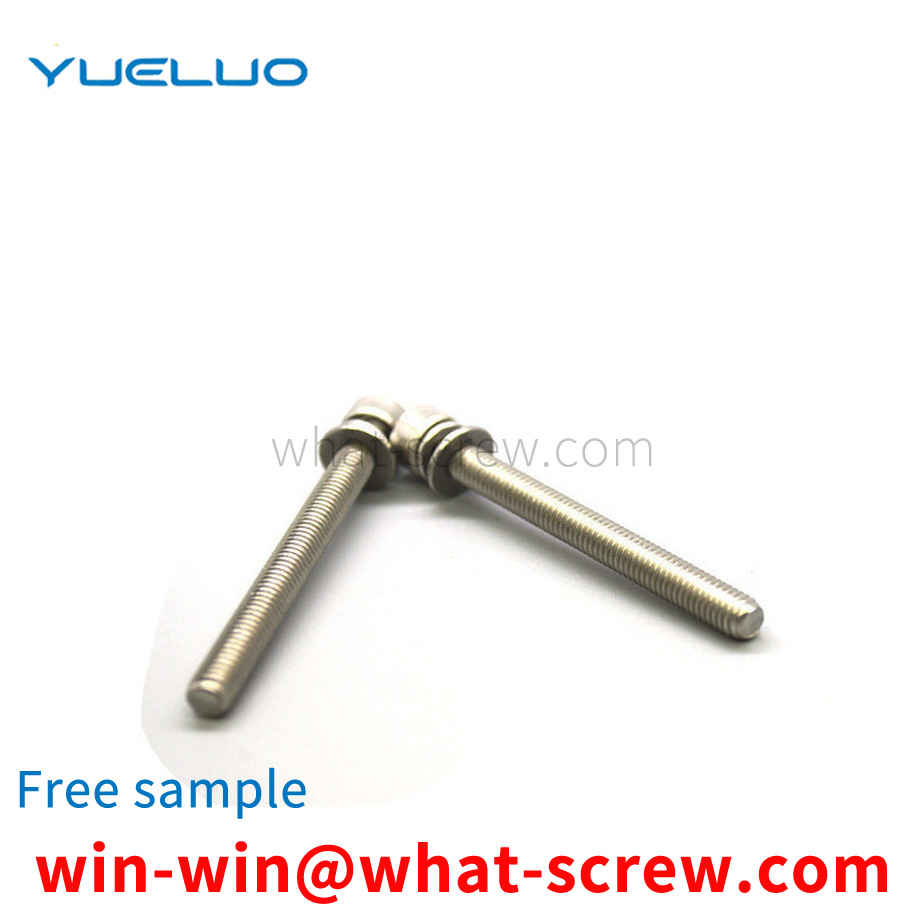
The above content is uploaded by Yueluo or the Internet. If there is any copyright issue, please contact [email protected].

What is the tolerance range of precision screws?

How to choose the right stainless steel screw manufacturer?

Why is there an R angle under the head of the hexagon head s...

We have more than ten years of production experience in the ...

We have more than ten years of experience in the production ...

We have more than ten years of experience in the production ...

We have more than ten years of experience in screw industry ...